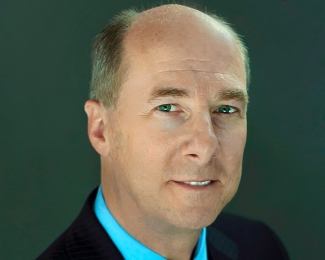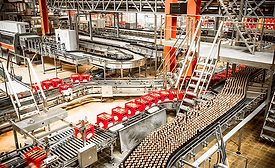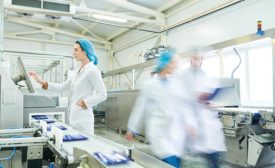OEE
State-Based Control Uncovers Automation Gains
For an edible oil processor, the best way to efficiently manage unique characteristics of different products was by adopting modern control loop performance monitoring software with the ability to recognize different operating states.
June 26, 2023
What Does Your Maintenance Regimen Look Like?
We spoke to Craig Souser, president and CEO of JLS Automation, about best practices regarding maintaining top overall equipment effectiveness.
June 15, 2023
AI: To Be Seen and Not Heard
Today’s artificial intelligence-based software visibly improves the operation of packaging and production systems, yet operates quietly behind the scenes.
June 8, 2023
AI: Behind-the-Scene Partner in Process Applications
Rather than apply AI/ML in one big fell swoop, why not choose applications that use AI to make them more efficient and build from there?
June 7, 2023
Automated high pressure processing offers benefits
Cold-pressed juice maker Evolution Fresh updated their HPP process to increase efficiencies, reduce costs and drive revenue.
June 5, 2022
Improving OEE
Finding new AI-based methods to boost productivity requires digital data
Large gains in productivity have been made over the years using lean manufacturing and Six Sigma, but today new technologies can further efficiency improvements
February 13, 2020
Elevate your expertise in food engineering with unparalleled insights and connections.
Get the latest industry updates tailored your way.
JOIN TODAY!Copyright ©2024. All Rights Reserved BNP Media.
Design, CMS, Hosting & Web Development :: ePublishing













